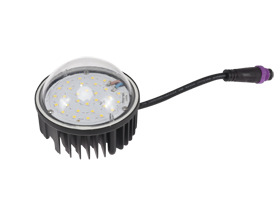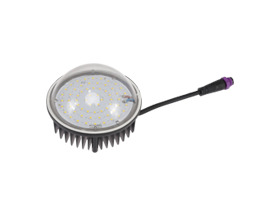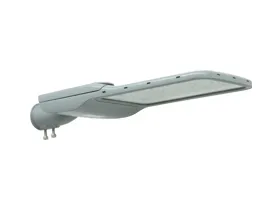Design Considerations for Airport Flood Lights to Ensure Effective Lighting Coverage
As technology continues to advance, the aviation industry strives to improve safety measures at airports. One critical aspect of airport safety is effective lighting coverage, especially during low visibility conditions. In this blog, we will discuss various design considerations for airport flood lights, which play a crucial role in ensuring optimum visibility.
Understanding the Importance of Airport Flood Lights
Airport flood lights are designed to illuminate large areas, providing bright and uniform lighting across airport runways, taxiways, and aprons. These flood lights are essential during nighttime operations and adverse weather conditions when visibility is limited. Proper lighting ensures that pilots can safely navigate their aircraft, ground crew can perform tasks efficiently, and overall airport operations run smoothly.
Factors Impacting Design
Several factors need to be considered when designing airport flood lights to ensure effective lighting coverage. The first key consideration is illuminance, i.e., the amount of light falling on a surface. Illuminance levels at airports are regulated and must comply with international standards such as the International Civil Aviation Organization (ICAO) and local aviation authorities.
Another important factor is light distribution. Airport flood lights should have a wide beam angle to cover a large area. Balanced distribution eliminates dark spots, reducing the risk of accidents and providing clear guidance to pilots during landing and take-off.
Choosing the Right Lighting Technology
Selecting the appropriate lighting technology for airport flood lights is crucial for achieving effective coverage. LED flood lights have emerged as the preferred choice due to their numerous benefits. LEDs offer high energy efficiency, long lifespan, and excellent color rendering. Furthermore, LEDs can be easily programmed to adjust light intensity and color temperature, allowing airports to adapt the lighting to different conditions.
Addressing Challenges
Airport flood lights face certain challenges that need to be overcome to ensure reliable and consistent illumination. One major challenge is the presence of runway debris, such as dust, snow, and ice, which can accumulate on the lights. This accumulation can significantly diminish the light output, impacting visibility. Hence, it is essential to regularly clean and maintain the flood lights to ensure optimum performance.
Additionally, extreme weather conditions like heavy rain, strong winds, or fog can affect the efficacy of airport flood lights. Therefore, these lights must be designed to withstand such adverse elements and continue to provide reliable lighting during all weather conditions.
As airport technology evolves, so too must airport flood lights. The future of airport lighting lies in smart systems and automation. Integrated sensory systems can detect changes in environmental conditions and adjust the lighting accordingly. For instance, if fog is detected, the flood lights can automatically increase their intensity to enhance visibility for pilots. Furthermore, advanced control systems can provide real-time feedback on the performance and status of each flood light, enabling swift maintenance and troubleshooting.
In conclusion, the design of airport flood lights is a crucial consideration for ensuring effective lighting coverage. Adequate illuminance levels, balanced light distribution, and the use of advanced technologies such as LED lights are essential. Overcoming challenges such as debris accumulation and adverse weather conditions is equally important for maintaining reliable illumination. With continuous advancements in lighting technology and automation, the future of airport flood lights looks promising, promising enhanced safety and efficiency at airports worldwide.
 English
English  العربية
العربية  中文
中文
 Deutsch
Deutsch
 Türkçe
Türkçe

 日本語
日本語


